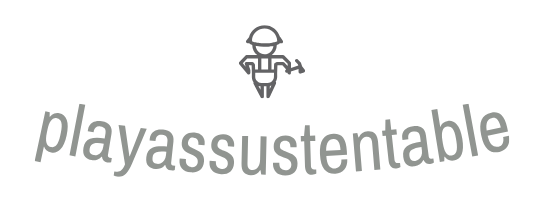The Dawn of Digital Scarcity
For years, the digital world thrived on abundance. Copying files was effortless, distribution near-instantaneous. This abundance, however, came at a cost: a lack of verifiable ownership and a rampant problem with counterfeiting. Digital assets, from music to artwork to in-game items, were easily duplicated, leading to lost revenue for creators and a devaluation of the digital landscape. The concept of truly owning something digital remained elusive. Blockchain technology, however, is poised to change all that by introducing the concept of digital scarcity.
Blockchain’s Role in Establishing Ownership
Blockchain’s decentralized and immutable ledger is the key. Each digital asset, whether an image, a song, or a virtual item, can be uniquely identified and recorded on the blockchain. This unique identifier, often a non-fungible token (NFT), acts as a certificate of authenticity, proving ownership and provenance. Because the blockchain is shared and transparent, anyone can verify the ownership record, removing any doubt about authenticity. This offers a level of security and trust previously unavailable in the digital realm.
NFTs: The Cornerstone of Digital Ownership
Non-fungible tokens (NFTs) are the most visible application of blockchain in establishing digital ownership. Unlike cryptocurrencies like Bitcoin, which are fungible (interchangeable), NFTs are unique and indivisible. Each NFT represents a specific digital asset, and its ownership is recorded on the blockchain. This makes NFTs ideal for representing ownership of digital art, collectibles, in-game items, and even real-world assets with associated digital representations. The NFT acts as a digital deed, proving your ownership to the world.
Beyond NFTs: Exploring Other Applications
While NFTs have captured much of the public attention, blockchain’s potential extends far beyond digital art and collectibles. Consider the implications for intellectual property rights. Blockchain can provide a secure and transparent system for tracking copyright and licensing agreements, making it easier to prove ownership and prevent infringement. This can revolutionize how creators manage and monetize their work, offering a robust system against piracy and unauthorized use. Similarly, supply chain management could benefit significantly from blockchain’s ability to track the movement and ownership of goods throughout their lifecycle.
Addressing the Challenges and Concerns
Despite the potential, the journey towards widespread adoption of blockchain for digital ownership is not without challenges. Scalability remains a concern, as blockchain networks can struggle to handle a massive influx of transactions. The energy consumption associated with some blockchain networks is another significant environmental concern. Furthermore, the complexity of understanding NFTs and blockchain technology can be a barrier for many users. Finally, regulatory uncertainty surrounding NFTs and blockchain-based ownership adds another layer of complexity.
The Future of Digital Ownership: A Collaborative Landscape
The future of digital ownership likely involves a combination of technological advancements and collaborative efforts. The development of more energy-efficient blockchain networks and improved user interfaces will be crucial for wider adoption. Furthermore, collaborative platforms and marketplaces are needed to connect creators with buyers and facilitate the secure transfer of digital assets. The emergence of standards and regulations will also be vital to ensuring the legitimacy and transparency of the digital ownership ecosystem. The integration of blockchain technology is not simply about changing how we own digital assets; it’s about redefining the very fabric of the digital world, fostering a more secure, transparent, and equitable environment for creators and owners alike.
The Evolution of Digital Rights Management
Traditional digital rights management (DRM) systems often prove cumbersome and ineffective, frequently leading to user frustration and a diminished experience. Blockchain-based systems, however, offer a potential alternative. By leveraging the immutability and transparency of the blockchain, these systems can streamline the process of granting and managing access rights to digital content, providing a more user-friendly and efficient solution while simultaneously enhancing security and preventing unauthorized access. This, in turn, enables creators to exert greater control over their work and its distribution.
Building Trust and Transparency in the Digital Economy
The lack of trust and transparency is a major hurdle in the digital marketplace. Blockchain’s decentralized nature and immutable ledger addresses this issue by creating a verifiable and transparent record of ownership and transactions. This enhanced transparency can lead to greater trust among buyers and sellers, fostering a more robust and reliable digital economy. The ability to track the history and provenance of digital assets builds confidence and helps to combat counterfeiting and fraud, ultimately creating a more equitable and secure environment for everyone. Please click here to learn about blockchain in intellectual property.





